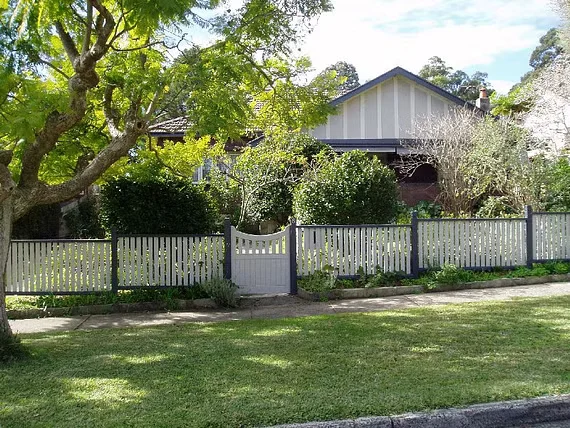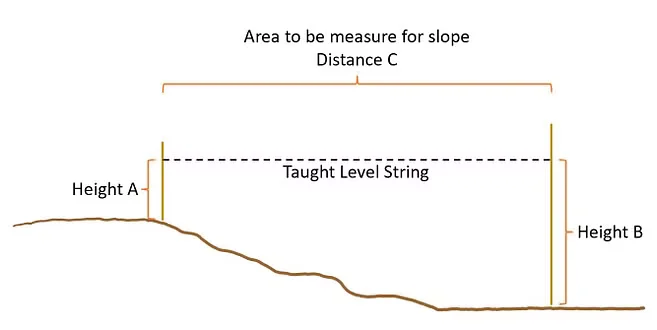Stepped Fence VS Flat Top Fence
Stepped fence panels or straight fence panels
The reaction of customers, when told that stepped fence panels along the front of their house are required due to the fall of the land, is always a sight to see. Straight, flat along the top is what most customers want or expect. But unless the land is almost dead flat, or the fence panels are being installed on top of a wall or on top of timber sleepers, stepped panels whether it’s made of timber, or any other material is probably the best solution.
The fall of the land whilst may be gentle across a typical 20m frontage in Sydney, but what that means is that a 1.2m height fence at one end may be over 2m in height at the other end of the fence panels are not stepped and the top of all the fence panels are at the same height. Your local council might have something to say about a panel that is 2m in height.
But if you look around carefully, stepped panels for the front fence are not uncommon at all.
In fact, how we make timber fences at Craft in Wood, is we design and calculate the optimal panel widths and height so that there is balance in the fence heights across the entire length. Craft in Wood customers get rendered designs before a single hole is dug or the job is set out so they can visualise what they are getting.

How to measure the slope of the ground for the fence
Slope is the rise or fall of the land at its surface and is the topography of the land. Significantly it plays a role in drainage and soil moisture, which are important considerations when assessing an area for plant suitability.
Numerically, slope is the change in elevation (rise) over a given distance (run) and is described in % rise or fall.
So, if you want to know how much of a slope you have and to estimate the difference in height between both ends, then follow these simple steps by using two wooden stakes, a piece of string, and a spirit level.
- Drive two stakes (A) and (B) into the ground, one at each end of the slope.
- Run the string between the two stakes, using the sprit level to find a taught level line along the string.
- Measure the height from the ground on which the string hits the stakes for (Height A and Height B) and calculate the difference in the two heights (C).
- Measure the distance between the 2 stakes (D)
The Slope = Difference in Height (C) / Distance (D)
% Slope = Slope x 100%
(C) is the potential difference in height between the panel at end (A) and panel at end (B).
Conclusion
Stepped panels are not uncommon, but if you really want a flat along the top fence panel, then this is possible, but be prepared for the possibility of very tall panels at one end and a visit from the local council. Craft in Wood have been making timber fences for the front of customer homes for almost 50 years. Contact Craft in Wood if you would like us to provide you with a quote for your new front fence.



